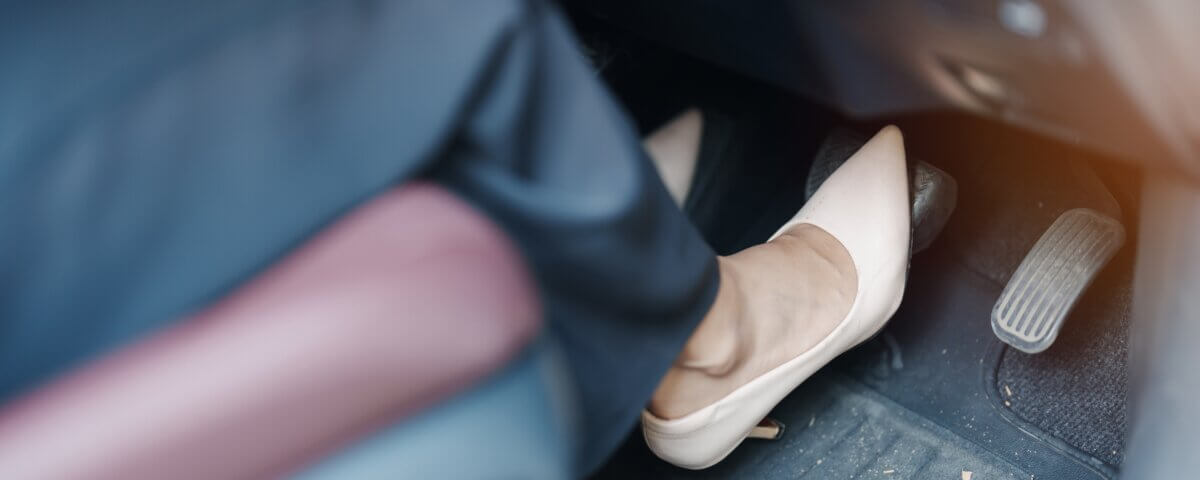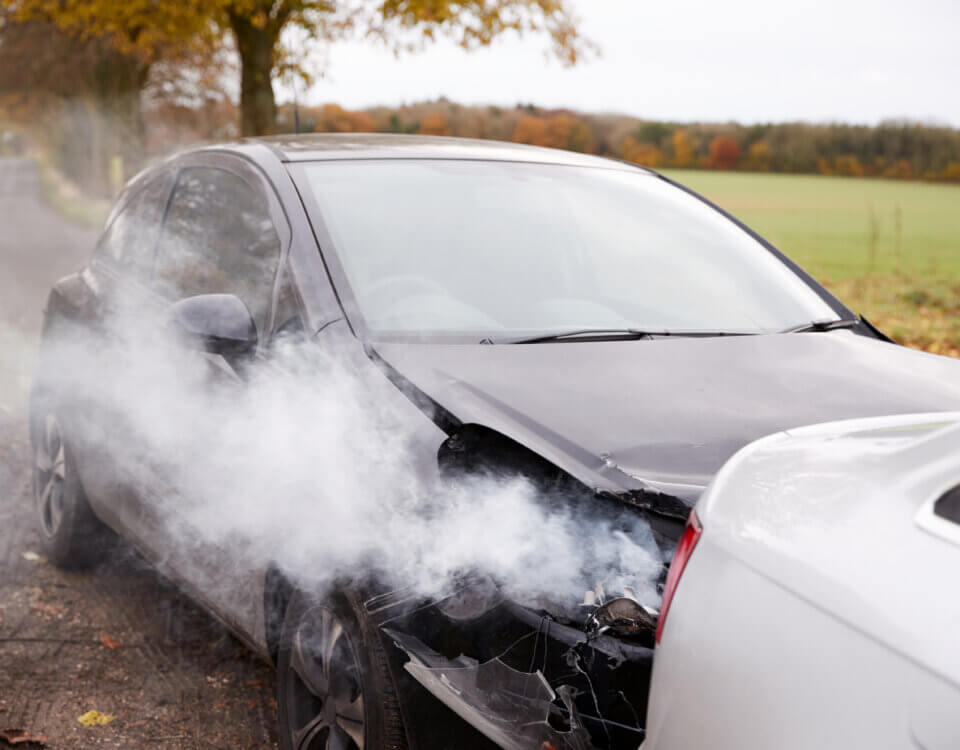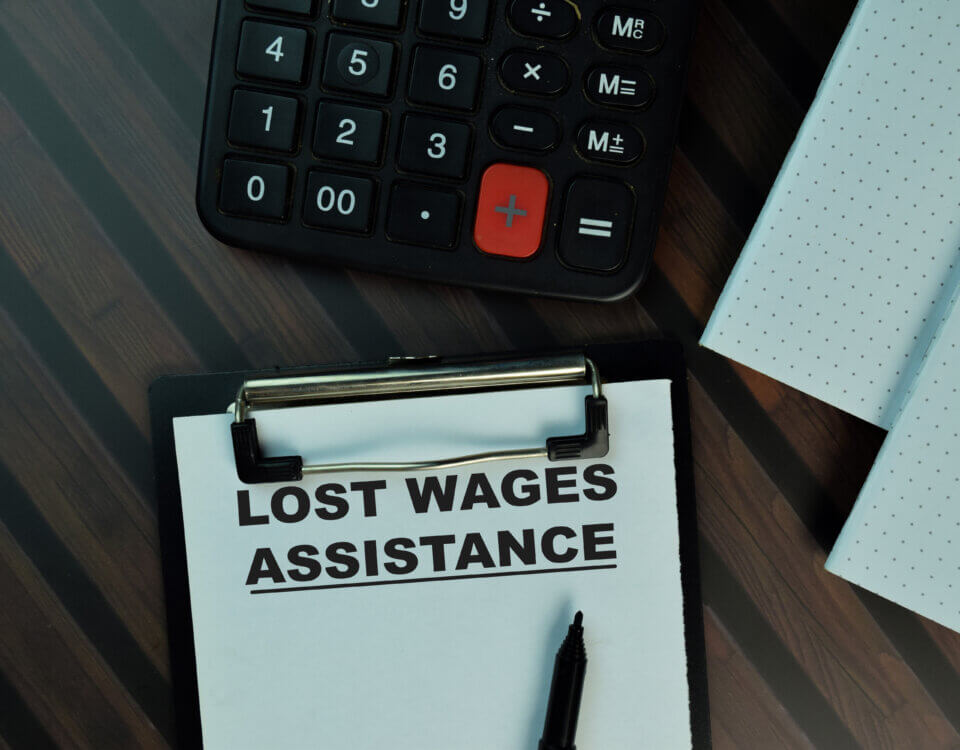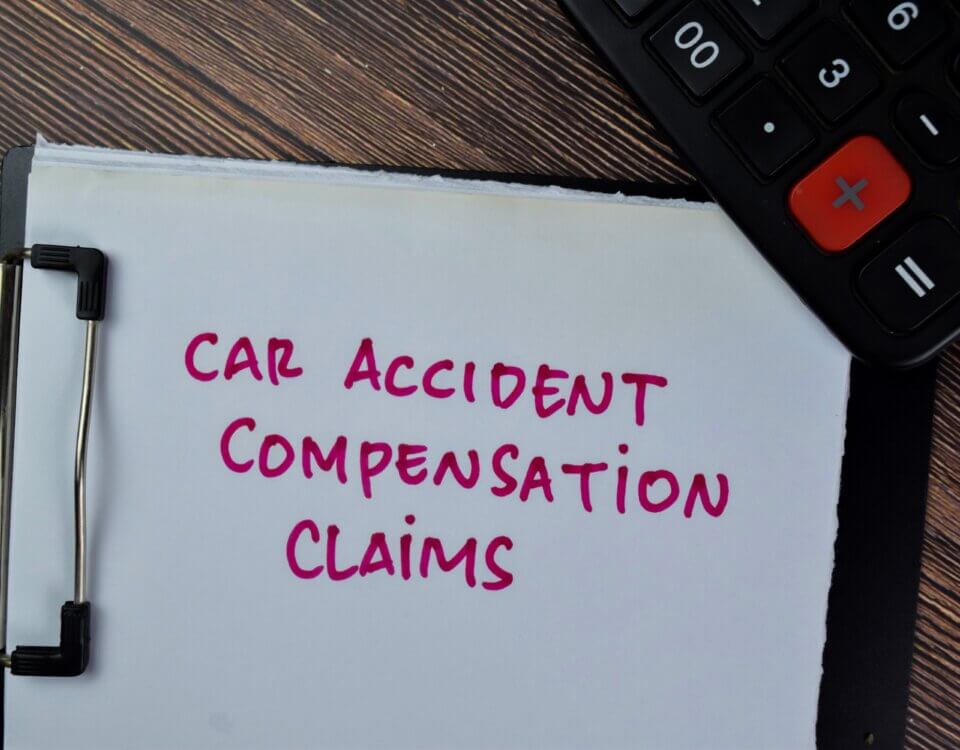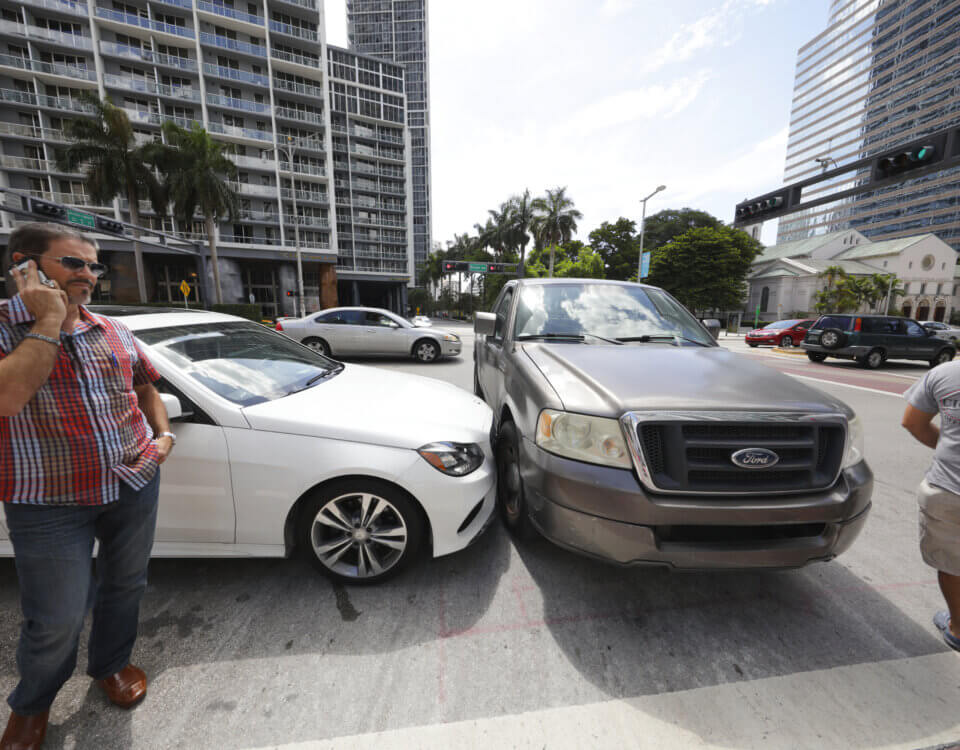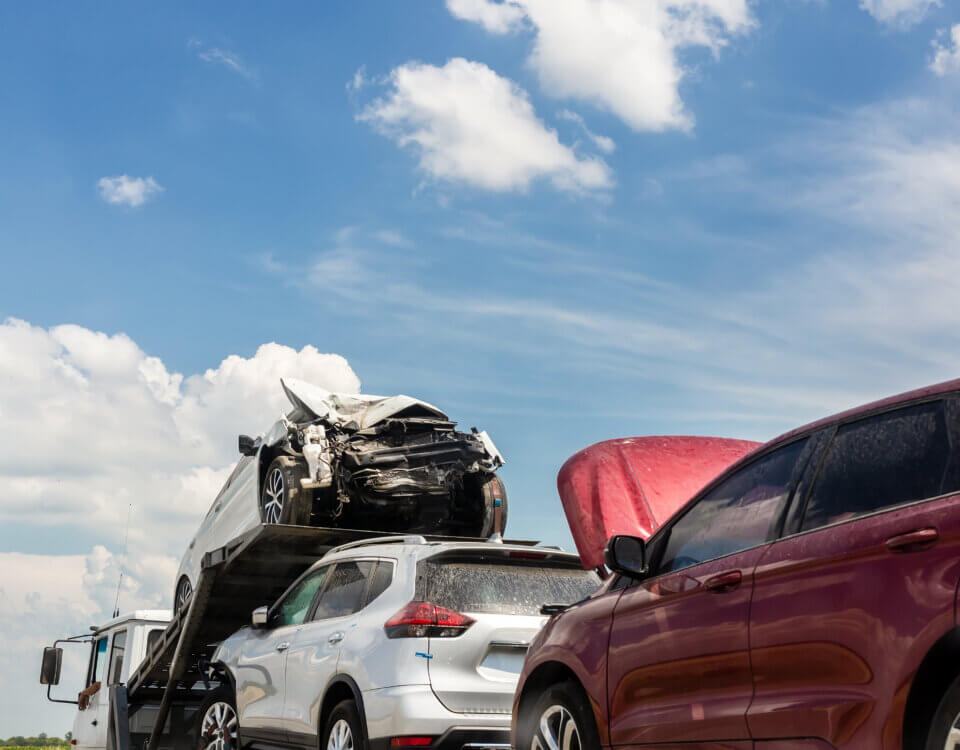Choosing what to wear on your feet might seem like a small detail. But when driving, the wrong shoes can affect how well you control the pedals. Some incidents on the road may even trace back to footwear that interferes with safe driving.
Types of Shoes That May Put You at Greater Risk
Here are five kinds of footwear that drivers should avoid when behind the wheel:
- Flip-flops or Slides
These can slip off easily or get stuck between your foot and the brake or gas pedal. - High Heels
The heel can make it difficult to rest the foot flat on a pedal, and height can reduce control or leverage. - Slippers
They often lack firm grip, may slide around your foot, and may not stay on during an emergency maneuver. - Certain Boots (for example cowboy boots)
Heavy or stiff heels and bulk may interfere with precise pressure on pedals. - Wedge Shoes
Their thicker or angled base can make it harder to feel or adjust pressure on pedals smoothly.
What Footwear Works Better for Safe Driving
- Sneakers or athletic shoes with thin flexible soles give good grip and control over pedal pressure.
- If you must wear boots or high heels for other purposes, consider switching into safer shoes for driving.
- Avoid going barefoot; while legal in many places including California, it poses risks like slipping foot on pedal or injury in case of crash.
Why Footwear Matters Legally
If a crash happens and your shoe choice played a part, it could affect how fault or responsibility is considered. Insurance companies and courts may weigh whether footwear contributed to reduced reaction or control. This could impact compensation or liability.
What To Do If Injured in a Crash
If you believe footwear or unsafe conditions contributed to your accident, Hillstone Law can help you:
- Investigate precisely what happened, including how shoes may have affected your ability to drive safely
- Collect evidence including photos, eyewitness accounts, vehicle and driver details
- Work to establish liability, including driver error or inadequate safety
- Seek compensation for medical care, lost wages, pain and suffering, or other damages
Note: These blog posts are created solely for the use of Hillstone Law. The information is gathered from internet research, publicly available sources, and artificial intelligence (AI) tools such as ChatGPT. While we aim to share helpful and educational content, Hillstone Law does not independently verify every detail. Some information may be incomplete, outdated, or subject to change without notice. If you believe any part of a post is inaccurate, misleading, or infringes upon copyright, please contact Hillstone Law immediately so we can review it and take appropriate action, including correction or removal.
Disclaimer: The material provided in these blogs is for general informational purposes only and should not be considered legal advice. Reading these posts does not create, and is not intended to create, an attorney-client relationship with Hillstone Law. Our intent is to share knowledge, raise awareness, and provide helpful resources to the public; however, Hillstone Law makes no warranties or guarantees about the accuracy, completeness, or reliability of the information provided, and expressly disclaims liability for any actions taken in reliance on it. The photos used in these posts are for illustrative purposes only and do not depict actual clients, individuals, or incidents unless expressly stated. If you or a loved one has been injured in an accident, please contact Hillstone Law at (855) 691-1691. Our attorneys are available to answer your legal questions and help you understand your rights.
